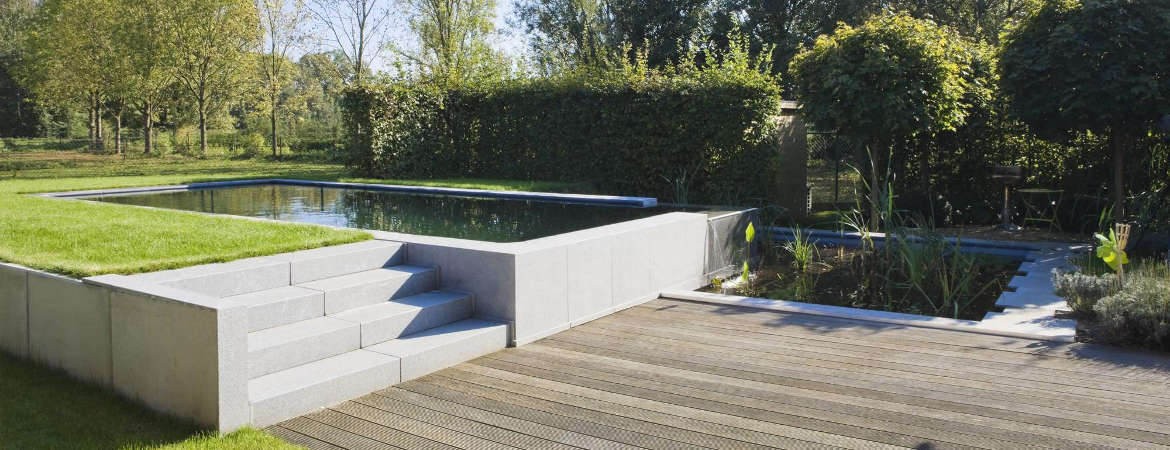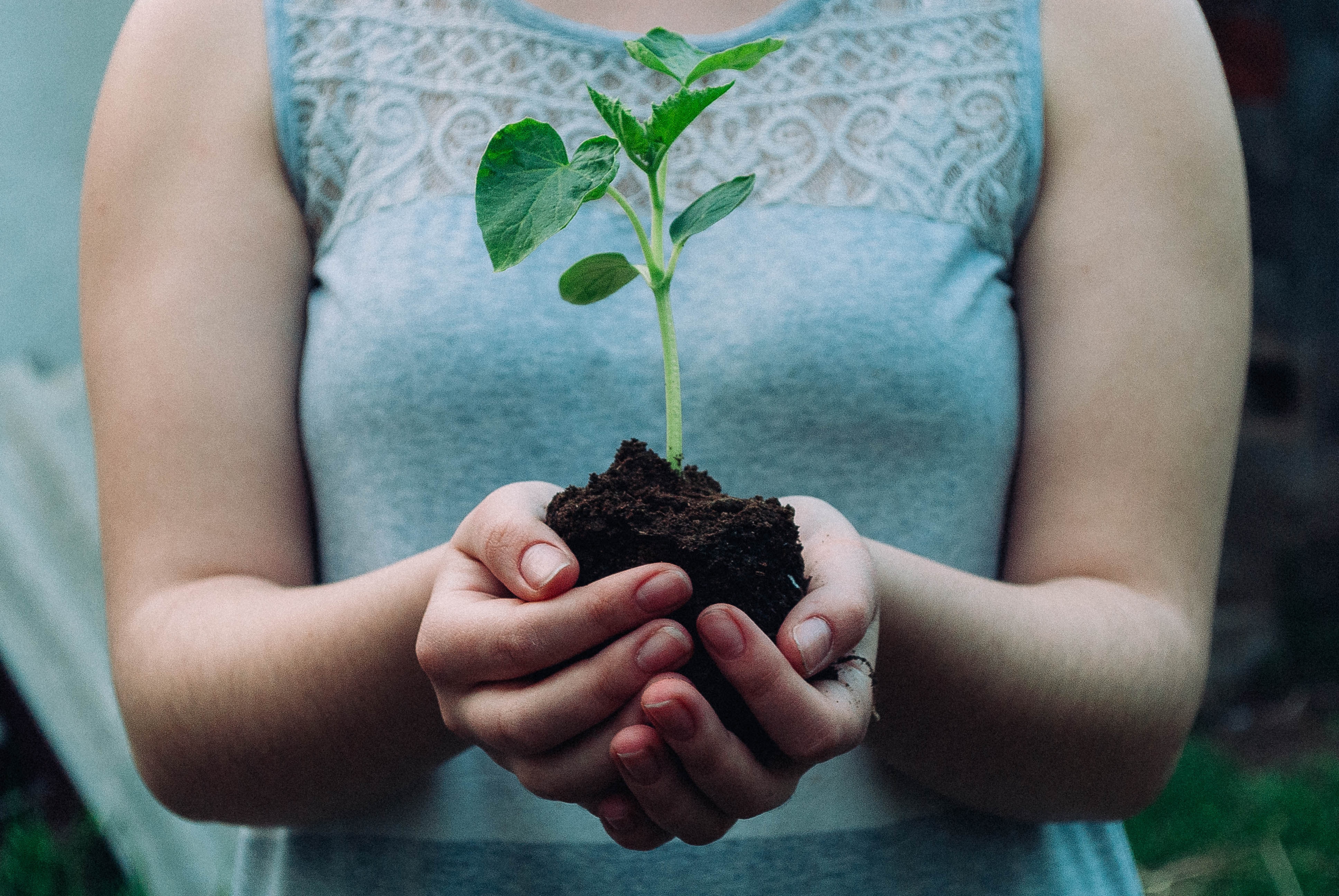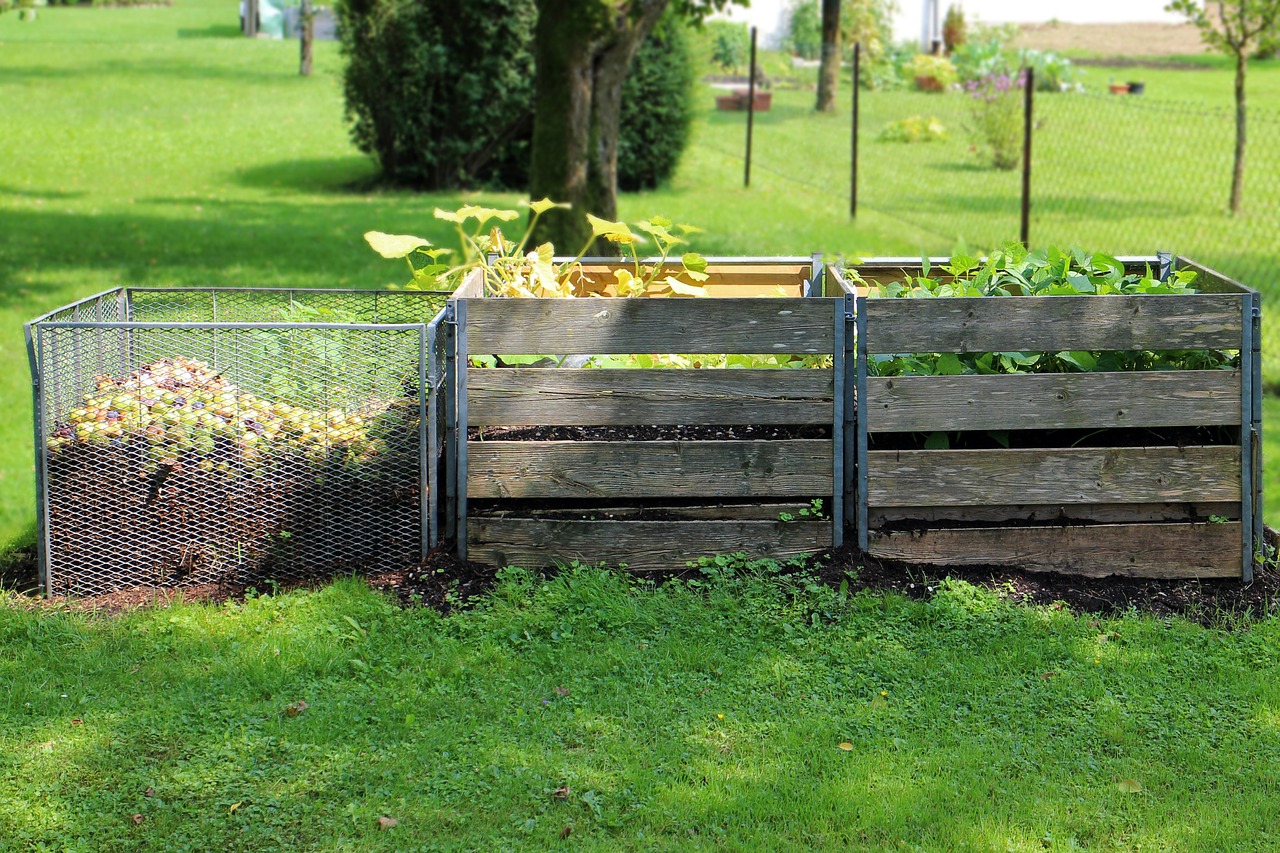Sign up to our newsletter!
No matter if you are moving, or improving, our newsletter is packed with the best tips, tricks and ideas to help you dwell well.
With the threat of climate change looming large, more and more people are looking for ways to improve their eco-friendliness and sustainability at home and in the garden. Whether to protect the planet, or to reduce energy bills, becoming more environmentally-friendly is one of the major steps we can all take towards combatting the highest carbon dioxide levels we are currently witnessing.
You probably already know some of the more widely publicised methods for enforcing sustainability; recycling more often, driving less and reducing food and water waste are some of the most common ways to become eco-friendlier, but is there anything else you could you be doing?
Put simply – yes, there is.

One of the more costly options on our list, but installing a natural pool will not only provide you with your very own swimming pool to enjoy – it will also become a haven for wildlife. They are also pretty much self-sustaining and cost very little to maintain effectively, as they don’t need to rely on expensive-to-run electric filters, heaters and pumps.
Natural pools are designed to offer the same kind of experience as swimming in a lake or river. They also don’t require chemicals in order to run, and are a much eco-friendlier alternative to traditional garden pools. They work using a two-section design, with one section used for swimming and the other as a natural plant-based filtration system to clean the water in the swimming section.
The plant-based section looks and functions in a similar way to a pond, encouraging wildlife like frogs, water snails, water boatmen and dragonflies to the water. This newly-formed ecosystem removes harmful pollutants from the air and helps to break down atmospheric carbon dioxide, in turn, improving the quality of air surrounding your home.
While there may be over 1,400 million cubic kilometres of water on earth, only 14 million of this is readily available for human use. It is therefore a highly finite source, and needs to be conserved as much as possible.
Installing a water butt in your garden is a fantastic way of avoiding water misuse. These collection systems allow you to collect and harvest rainwater for you to then reuse whenever required. Whether you need water to wash your car, water your plants or clean your patio, water butts can save you having to use filtered water from the tap. They also come in a variety of shapes, styles and colours so can easily be camouflaged and kept out of sight in your garden.

Chemicals in fertilisers, weed killers and pesticides are all harmful to wildlife, which can significantly affect ecosystems and habitats. While insects and weeds may be annoying and destroy your plants, there are a number of eco-friendly alternative measures you can use to prevent against them.
For example, try using crushed egg shells or grounded coffee beans to deter slugs and snails from your flowerbeds. Alternatively, grow a strong-smelling perennial such as lavender or rosemary to keep the pests away.
Installing a pond can be a great way of dealing with pest problems too. This is because ponds can attract an array of wildlife and insects which help to destroy the pests. Ladybirds, for example, can be highly effective at dealing with aphids, helping to preserve your plants. For weeds, you can repel these by adding a small layer of compost or shredded bark around your plants. If the weeds keep coming back, use weighted-down plastic sheeting to stop them returning.

Homemade compost costs nothing to make and will save you from having to spend money on bagged compost from garden centres. Plus, it’s super easy to make your own – lawn clippings, vegetable peelings, hedge trimmings, tea bags, egg shells, egg boxes and newspaper are only some of the materials you can use to create your own compost. You can also use the contents of vacuum cleaner bags, leaves, potato peelings and much more. Be careful to avoid cooked food, meat, pet faeces and glossy magazines though.
By choosing to use your own compost, you will be helping to combat the world’s ongoing food waste crisis. Roughly 433 million tonnes of food is lost or wasted globally each year, so doing all you can to reuse, recycle and replenish the food products that you use will go a long way towards reducing this figure.
Since most garden equipment (i.e. lawnmowers, strimmers, etc.) seems to require electricity, in order to become eco-friendlier, it makes sense for this energy to come from a renewable source. Nowadays, there are a number of different forms of renewable energy to choose from. Solar panels are probably the most widely known but aren’t the most cost-effective, with a pretty high upfront installation cost. Alternative options, such as ground-source heat pumps, air-source heat pumps and hydropower are all steadily increasing in popularity and can be a great way of reducing your garden’s carbon footprint.
Rather than using mains outdoor lighting for your garden, try solar-powered lighting instead. Also, if you have your own garden stream, you could even set up your own mini hydroelectricity station by using a micro hydro generator. Whatever you choose to do, or however much you choose to spend, using any kind of renewable energy to power your garden can make a huge difference to sustaining the planet.
If you’ve got a garden shed, chances are it’s going to be full of old junk. Whether it’s an old rusty bike, a wheelbarrow or some old tin cans, don’t just leave them to sit there unused – upcycle them!
Upcycling is a fantastic way of taking old, preloved goods and turning them into something truly unique for your garden. Whether it be an old spare tyre you turn into a wall garden planter, or a bathtub you convert into a storage chest, upcycling is an innovative way of reusing anything and everything in your garden. This can not only save you money, but it can also help the environment, since you are recycling your goods instead of adding them Britain’s already-full landfills.
This article is part of a series of lifestyle content pieces written for Moving and Improving by Annie Button. Find out what else Annie has been up to over on Twitter: @anniebutton1994 or visit more of Annie's amazing articles in our related blog section.
Live well with Moving and Improving